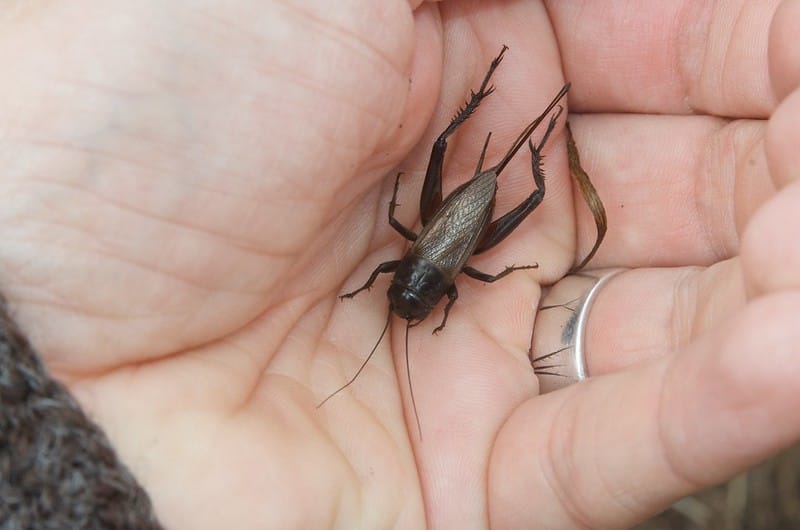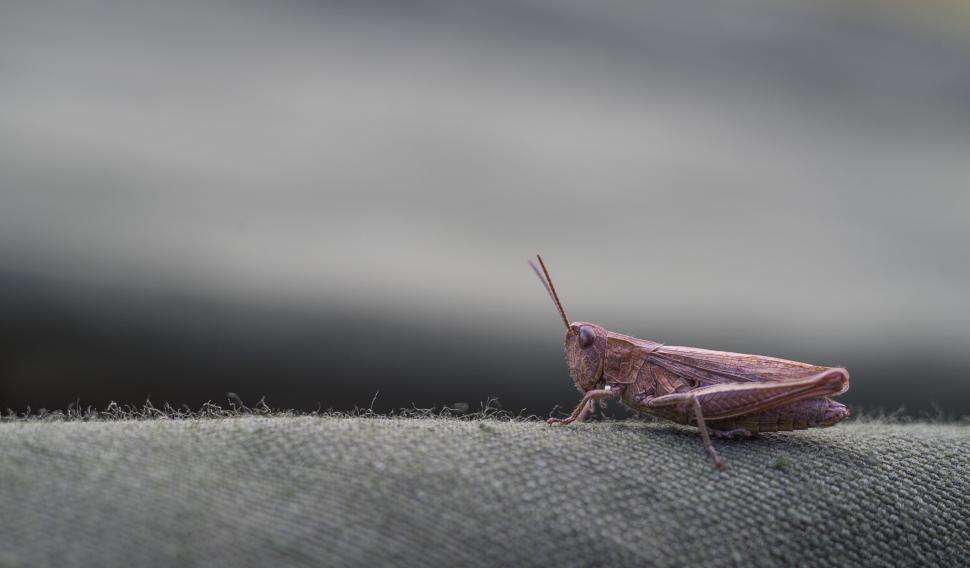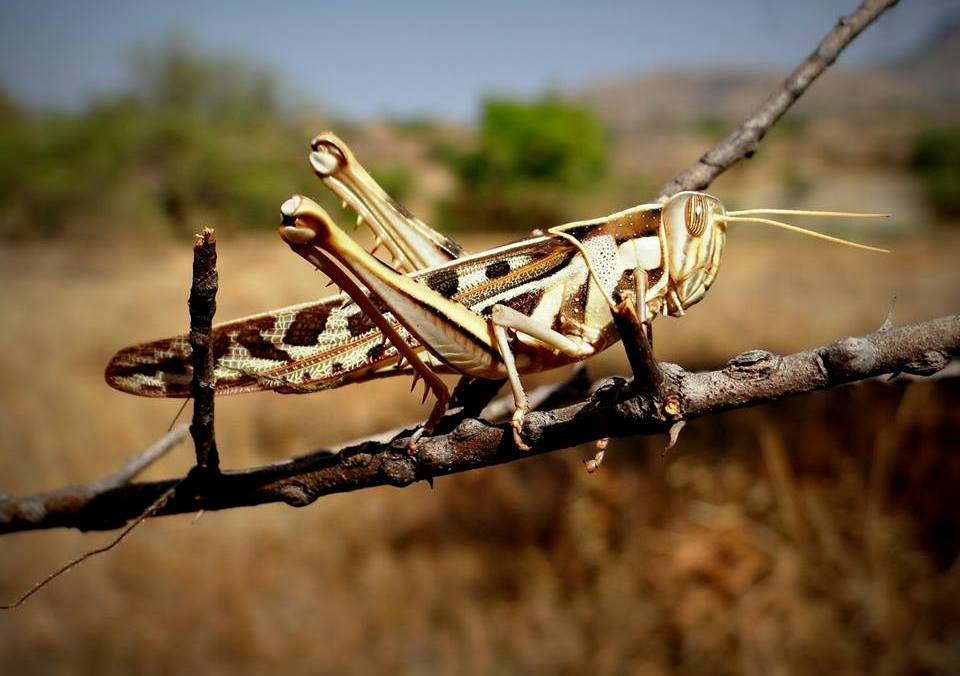Where do crickets live in the home?
First, we need to find where the crickets have established themselves. Typically, where there are eggs, there are crickets (and vice versa).
Crickets love to live in:
- Moist, damp, and wet areas
- Warm spots near heat sources (bonus if they’re damp)
- Hard-to-reach cracks and crevices
- Near a good food source (crickets love to eat plants, seeds, or other bug remains)
Female crickets find damp and moist areas within your home to lay their eggs. You can often spot a female cricket carrying eggs on her back — they look a lot like small grains of rice. It’s also worth noting that it’s perfectly normal to find a bunch of cricket eggs that suddenly disappear and then mistakenly believe that they’re gone, when in fact they’ve just been relocated for protection purposes. Males (and other species) are aggressive and will eat the eggs.
Cricket traps
There are many types of cricket traps. In fact, you can make one with a soda can.
Many traps, however, are best suited for larger crickets — and unfortunately, many crickets found inside the home are quite small.
The way to go is to use sticky traps.
You can buy sticky traps for insects off of Amazon. In a pinch you could probably use very sticky tape. Glue traps that use adhesives can also capture other insects and accumulate dust over time, so be sure to replace them with new ones.
You can also use water in place of adhesives. Put a dish of water and mix some vanilla extract and lemon juice into it. Crickets will be drawn to it and drown in it. A little dark, but effective.
Molasses traps are also extremely effective. Take a jar and mix a healthy amount of molasses with water in it. Use this concoction as you wish – either by placing it directly where you hear the crickets or by taking a spoonful out of the jar and placing it in containers around the home to maximize your coverage.
Place such traps in walls, floor cracks, or ceiling crevices where you suspect crickets walk or chirp from.
Vacuuming
Vacuuming is a great way to find and trap one-off cases of crickets. Much like catching cockroaches, vacuuming can help you nip an infestation in its bud.
Sometimes you can hear the cricket but you can’t find it — in which case you can set a lure to draw the cricket into the open using common household edibles such as cornmeal, cereal, or bits of fruit.
Boric acid
Another nifty way of dealing with cricket infestations is to use boric acid insect dust. You can buy some and apply it inside cracks, wall or furniture voids, and other types of crevices.
Boric acid dust kills crickets and other insects when they come in contact with the powder.
You can also directly apply granules of boric acid in places nobody frequents, such as if you have a cricket infestation in your basement. Make a radius with boric acid covering the infested area and wait a day for most of them to consume it and die off.
Citations and Credits





